Or search by topic
Number and algebra
Geometry and measure
Probability and statistics
Working mathematically
Advanced mathematics
For younger learners
Ladybird Count



- Problem
- Getting Started
- Student Solutions
- Teachers' Resources
We had lots of lovely pictures and diagrams sent in about this task, so thank you to everybody who sent us their solutions.
Taqeeya from ABQ Seeb International School in Oman sent us these ideas:
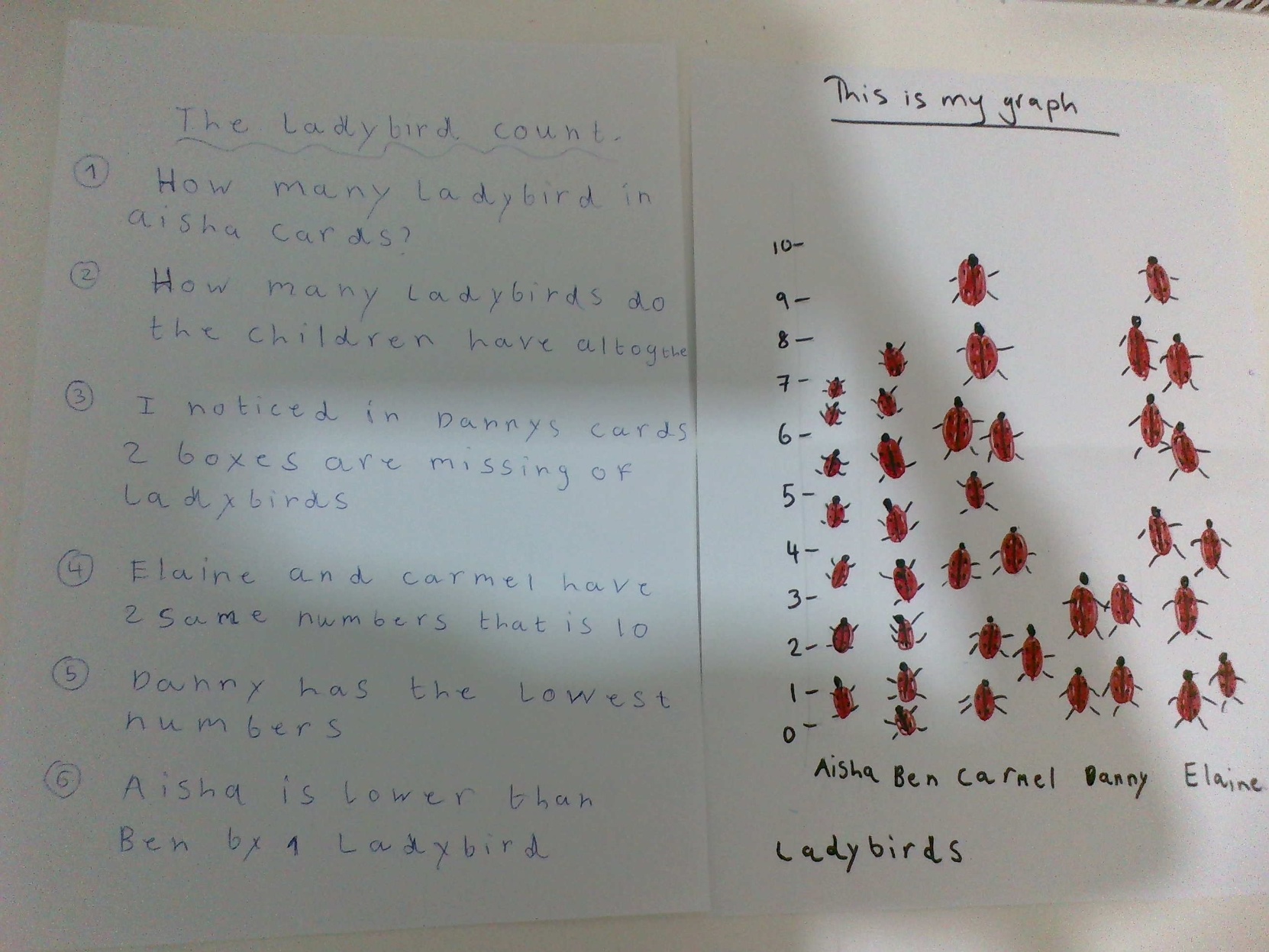
Well done, Taqeeya - you've noticed lots of interesting things about the different numbers of ladybirds.
Chloe from England also drew pictures of ladybirds to represent how many each child had:
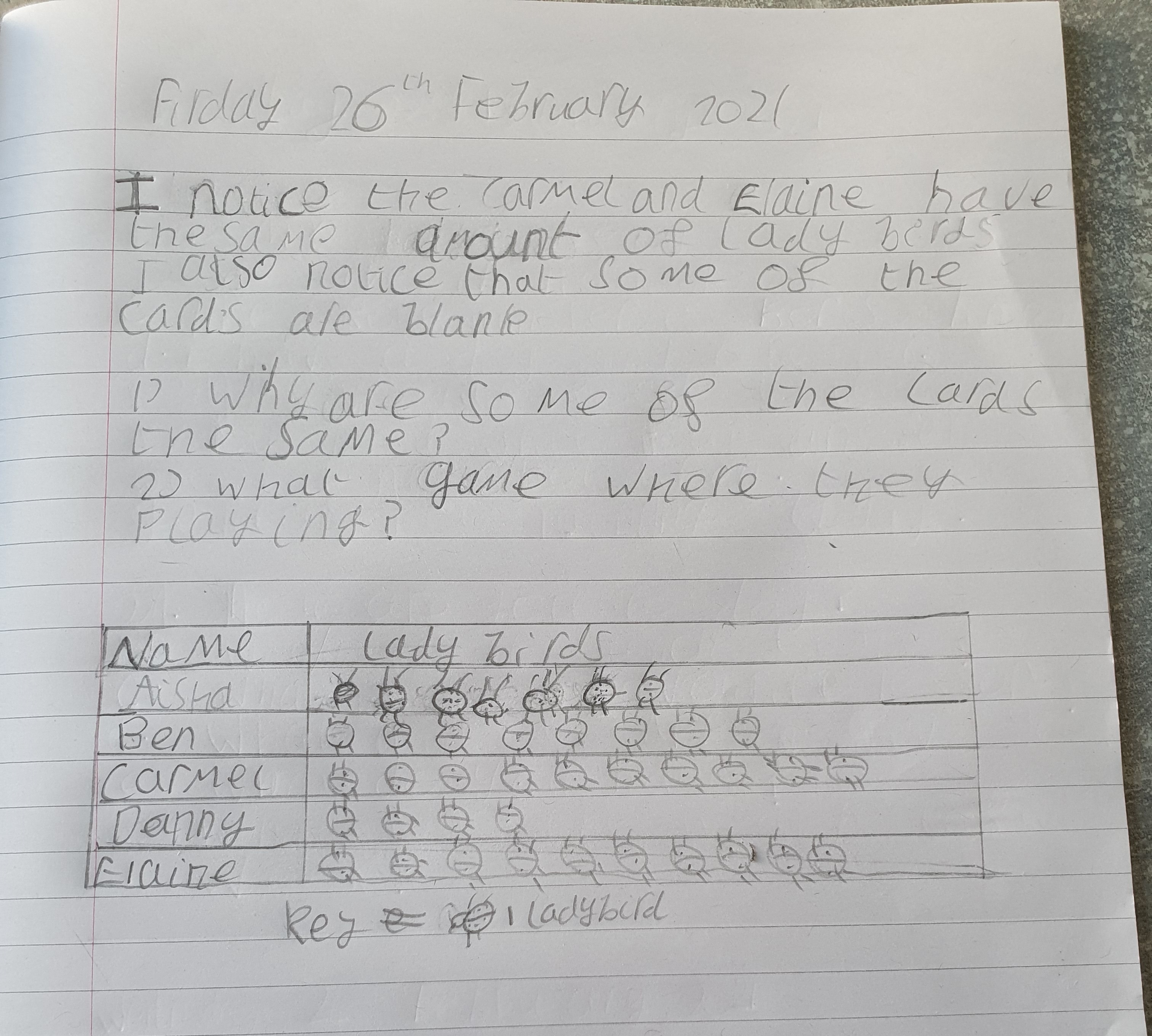
Thank you Chloe, those would be some good questions to ask. I wonder if anyone else has ideas for questions they would like to ask about this game?
Tilly from Haslingfield in the UK drew a bar chart to represent how many ladybirds each child had, and also drew a bar showing all of the ladybirds added together:
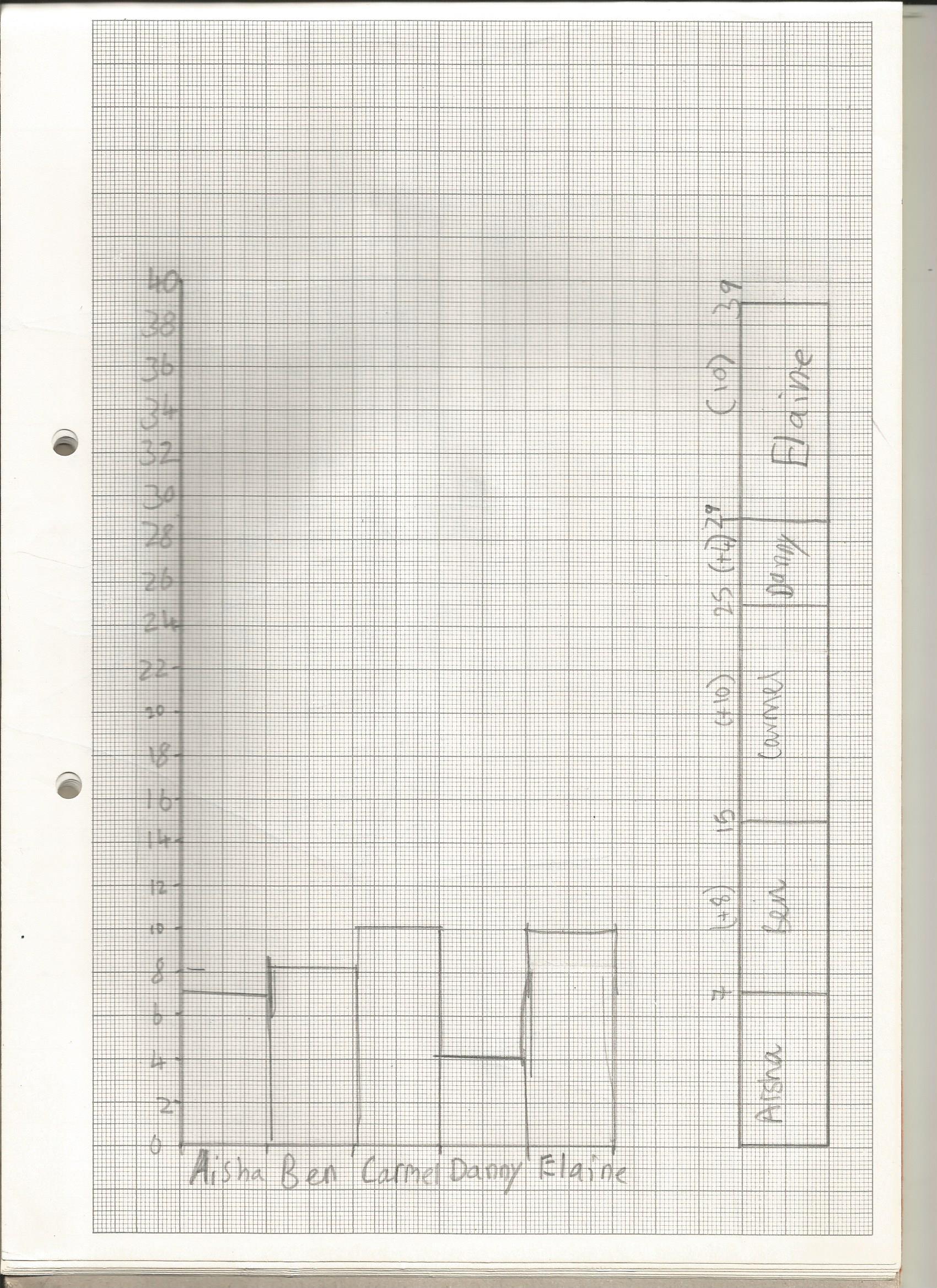
Austin from Macedon Primary School in Australia also made a bar chart of these numbers:
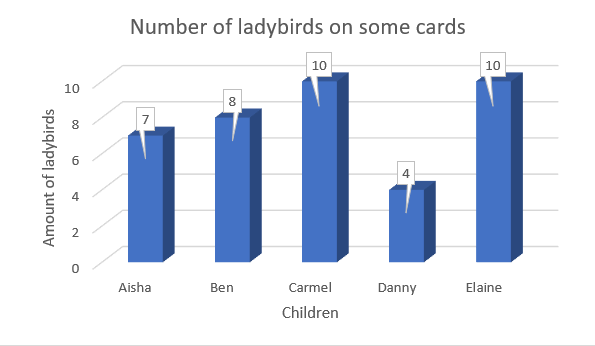
Thank you both for sending these in!
Kushagra from SS John and Monica Catholic Primary School in the UK chose to show this data in a different way:

Well done, Kushagra! I like the way this table makes it easy to see how many of each type of card each child has.
Finally, Harry from Copthorne Prep School in the UK looked at the cards the children had and noticed there were lots of things to count and compare, not just the number of ladybirds. He made a table and bar chart showing what he noticed:
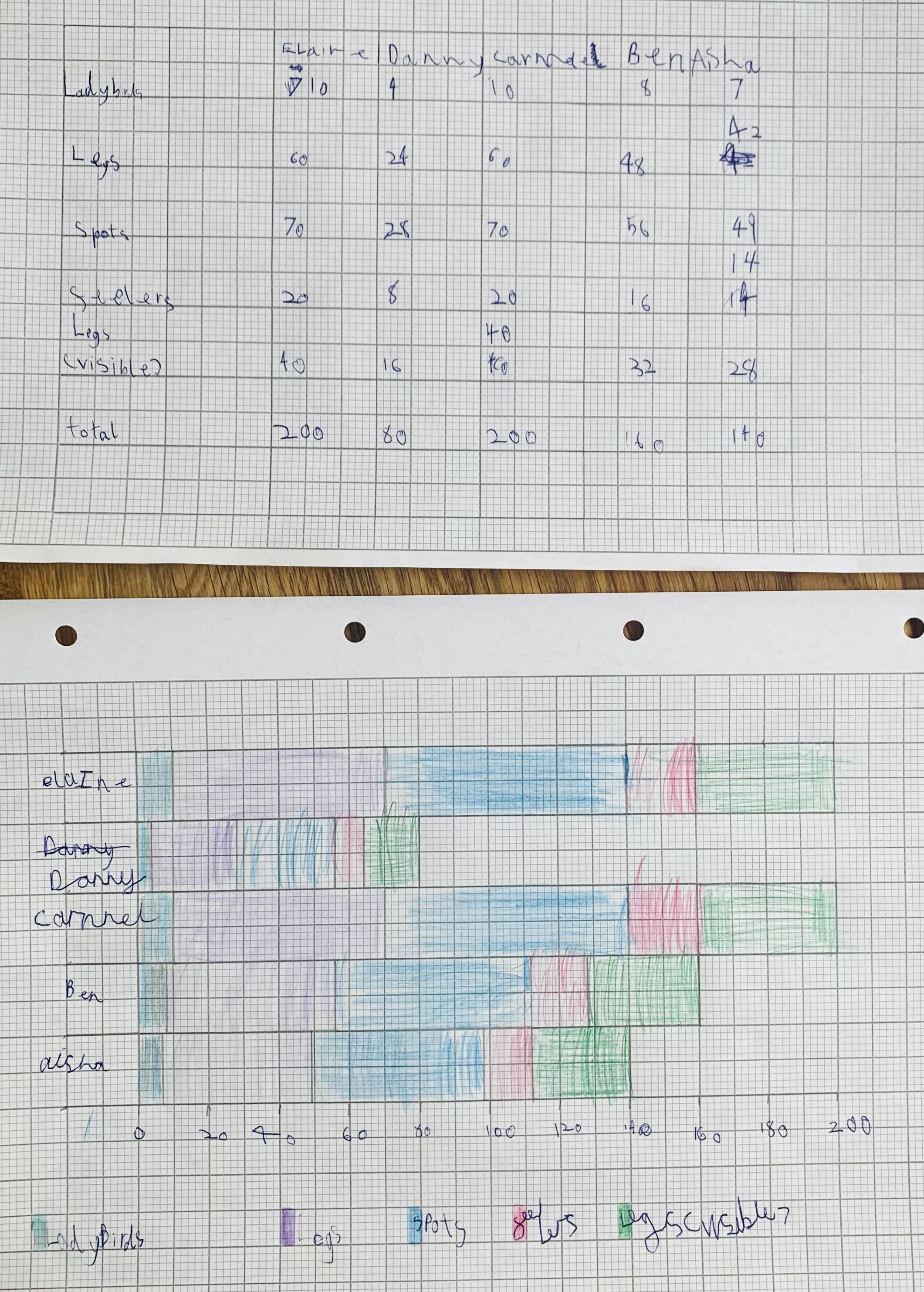
Well done for spotting so many things to count, Harry! Can you see any patterns in the numbers you've found?
You may also like
Let's Investigate Triangles
Vincent and Tara are making triangles with the class construction set. They have a pile of strips of different lengths. How many different triangles can they make?

